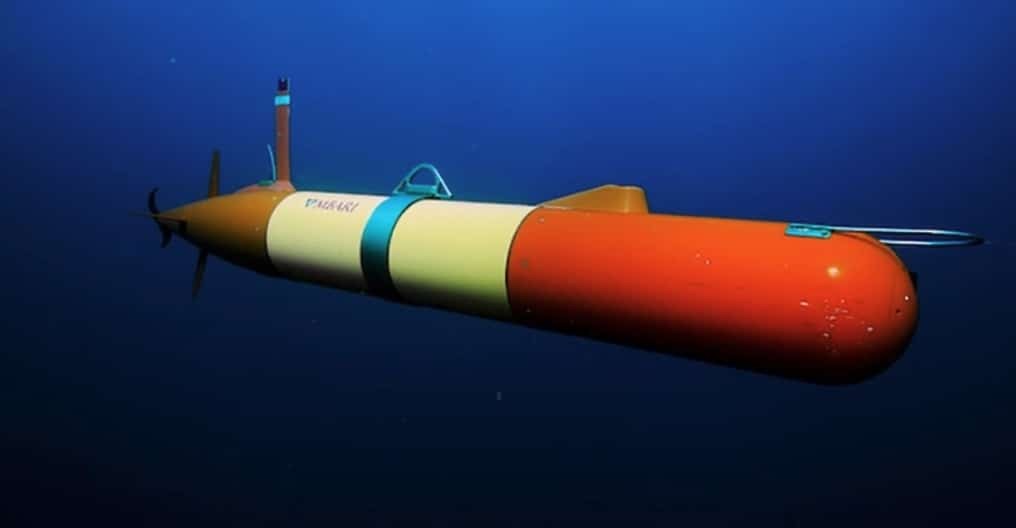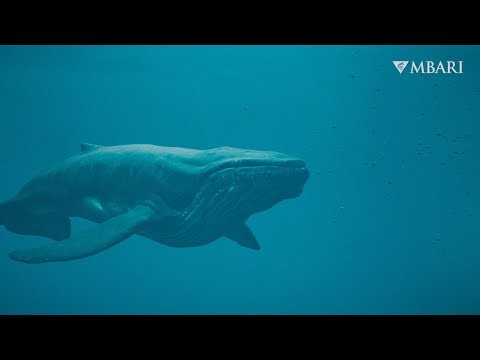Researchers are using autonomous underwater vehicles (AUVs) to sample environmental DNA (eDNA) and monitor the health of the ocean.
According to the Monterey Bay Aquarium Research Institute:
“eDNA allows scientists to detect the presence of aquatic species from the tiny bits of genetic material they leave behind. This DNA soup offers clues about biodiversity changes in sensitive areas, the presence of rare or endangered species, and the spread of invasive species — all critical to understanding, promoting, and maintaining a healthy ocean.”
For the study, researchers combined two novel autonomous platforms developed by MBARI: the long-range autonomous underwater vehicle (LRAUV) and the Environmental Sample Processor (ESP). The LRAUV is a nimble robot that can travel to remote areas of the ocean for extended periods of time. The ESP is a robotic “laboratory-in-a-can” that filters seawater and preserves eDNA for future study.
By equipping an LRAUV with ESP technology, researchers can expand the scale of ocean monitoring over time and space, according to MBARI. By comparison, traditional sampling of eDNA in the ocean requires weeks on an expensive research vessel limited to a localized area. Technology innovations like this are revolutionizing ocean conservation efforts.
Kobun Truelove, a biological oceanographer at MBARI and the lead author on the paper, said:
“We know that eDNA is an incredibly powerful tool for studying ocean communities, but we’ve been limited by what we can accomplish using crewed research vessels. Now, autonomous technology is helping us make better use of our time and resources to study new parts of the ocean.”


